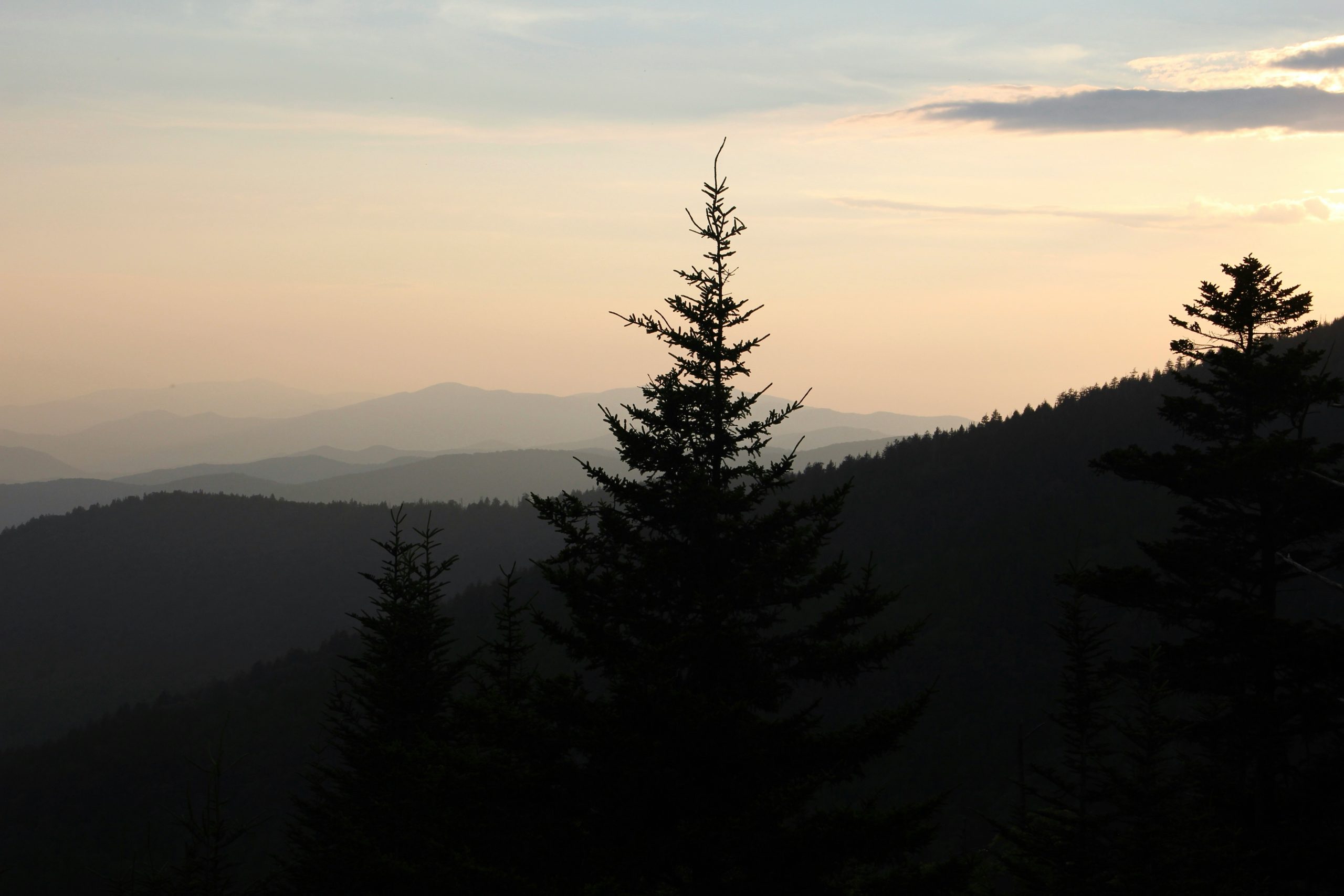A Guide to Planning Your Dolomite Cycling Adventure
Cycling through Italy’s Dolomites offers one of the most rewarding challenges for outdoor enthusiasts, combining breathtaking alpine views with world-famous mountain passes. However, organizing such a sustainable adventure requires careful planning – from selecting the right routes for your skill level to managing accommodation, weather, and gear logistics. Without a clear strategy, even experienced cyclists can feel overwhelmed by the options and complexities.
Photo Source: Canva
Fortunately, with the right guidance, your cycling adventure can be both manageable and memorable. This practical guide will help you prepare step-by-step, ensuring your ride through the Dolomites is safe, enjoyable, and tailored to your goals and capabilities.
Conquering the Legendary Peaks on Two Wheels
The towering spires of the Dolomites cast their spell over cyclists worldwide, promising epic climbs and breathtaking descents through some of Europe’s most dramatic mountain scenery. Yet many ambitious riders find themselves overwhelmed by the sheer complexity of planning a cycling expedition through these UNESCO World Heritage peaks, unsure of which routes to tackle, where to stay, or how to prepare for the notorious alpine weather that can transform paradise into peril within minutes.
Alessandro had dreamed of cycling the legendary Passo Giau and Stelvio Pass for years, collecting route maps and watching countless YouTube videos of other riders conquering these mythical climbs. His first attempt ended in disaster when inadequate planning left him stranded in a thunderstorm at 2,000 meters elevation with no proper rain gear and no idea where the nearest refuge hut was located. The following year, armed with detailed weather forecasts, carefully selected accommodations, and a realistic training plan, he completed the same routes in perfect conditions, experiencing the indescribable joy of earning those panoramic views through sustained effort and proper preparation.
The secret to a successful Dolomite cycling adventure lies not in superior fitness or expensive equipment but in strategic planning that accounts for mountain weather patterns, route difficulty progression, and logistical necessities that can make or break an alpine cycling expedition. When proper preparation meets the raw beauty of these limestone giants, the result becomes more than just a cycling trip; it transforms into a profound encounter with some of the world’s most spectacular mountain terrain. The magic happens when meticulous planning dissolves into pure flow as wheels turn smoothly over perfectly chosen routes through landscapes that seem borrowed from dreams.
Essential Pre-Trip Planning for Dolomites Cycling Holidays
Smart preparation forms the foundation of any successful mountain cycling adventure. The sooner you start planning, the better your chances of securing ideal accommodations and avoiding common pitfalls that can derail your trip.
Hiking-related searches for the Dolomites have doubled compared to last year, with interest in the Alta Via 1 at the same rate. This surge in popularity means you’ll need to book accommodations well in advance, especially during peak summer months.
The Dolomites region sits in northeastern Italy, where dramatic limestone peaks create some of the world’s most stunning cycling terrain. These UNESCO World Heritage mountains offer a unique blend of Italian and Austrian cultures, creating an unforgettable backdrop for your adventure. Many seasoned cyclists consider this area the crown jewel of European mountain cycling.
When researching your options, you’ll notice that dolomites bike tours often provide an excellent starting point to understand possible routes and the logistics involved. These thoughtfully designed itineraries can serve as a blueprint for planning your own self-guided route, or you can simply book directly if you prefer an organized approach.
Choosing Your Ideal Travel Window
June through September offers the most reliable weather conditions for planning dolomites cycling holidays. Early June provides fewer crowds but potentially lingering snow on high passes. July and August deliver perfect conditions but expect company on popular routes.
September often provides the sweet spot – stable weather, reduced crowds, and stunning autumn colors beginning to emerge across the valleys.
Budget Planning and Essential Costs
Mountain cycling adventures require careful financial planning beyond typical vacation expenses. Accommodation costs vary dramatically between valley towns and high-altitude refuge. Bike rental fees, if needed, typically range from 35-50 euros daily for quality road bikes.
Factor in mountain lift tickets if you plan to use cable cars for scenic climbs or emergency descents.
Route Selection and Difficulty Assessment for Italy Cycling Tours
Choosing appropriate routes makes the difference between an epic adventure and a survival ordeal. The region offers everything from gentle valley paths to grueling high-altitude challenges that test even experienced riders.
Understanding your current fitness level honestly prevents dangerous situations on isolated mountain passes. Most cycling tours in Italy dolomites come with detailed difficulty ratings tailored to various abilities, though personal assessment remains important to help choose the right routes for you.
Beginner-Friendly Valley Routes
The old railway path from Dobbiaco to Cortina provides stunning scenery without murderous climbs. This converted rail trail offers gentle gradients and spectacular mountain views, perfect for families or casual riders.
Lake circuits around Misurina and Braies deliver Instagram-worthy photos with minimal elevation gain. These routes allow you to experience Dolomite beauty without the suffering.
Intermediate Mountain Passes and Scenic Loops
The famous Sella Ronda circuit represents the gold standard for intermediate mountain cycling. This 58-kilometer loop connects four valleys through legendary passes, offering manageable gradients for reasonably fit cyclists.
Passo Gardena and Passo Campolongo provide excellent introductions to serious climbing without the extreme gradients found on more challenging routes.
Advanced Challenges for Experienced Cyclists
Passo Giau and Passo Fedaia separate recreational riders from serious climbers. These routes demand respect, proper preparation, and strong climbing legs. The rewards include some of Europe’s most spectacular mountain scenery.
Equipment and Logistics for Cycling Tours Italy
Proper equipment selection can make or break your mountain cycling experience. The unique demands of high-altitude riding require specific gear considerations beyond typical cycling equipment.
Bike selection depends heavily on your chosen routes and personal preferences. Road bikes work perfectly for paved pass roads, while gravel bikes offer more versatility for mixed surfaces.
| Equipment Category | Essential Items | Optional Upgrades |
| Bike Type | Road bike, properly fitted | Carbon frame, electronic shifting |
| Safety Gear | Helmet, lights, first aid kit | GPS device, emergency beacon |
| Clothing | Layered system, rain jacket | Merino wool base layers |
| Tools | Basic repair kit, pump | CO2 cartridges, chain tool |
Transportation and Bike Logistics
Getting your bike to the Dolomites requires advance planning, whether you’re flying internationally or driving from other European locations. Airlines have varying policies and fees for bike transport, so research thoroughly before booking flights.
Car rental companies that can accommodate your cycling gear are ideal, especially for those planning a bike holiday where flexibility to explore different regions is important.
Accommodation Strategies
Mountain regions offer authentic alpine experiences but book quickly during peak season. Valley hotels provide more comfort and amenities but may require longer daily rides to reach high passes.
Safety and Preparation for Mountain Cycling
Mountain cycling presents unique risks that require specific preparation and awareness. Weather conditions can change rapidly at high altitude, transforming pleasant rides into dangerous situations.
The psychological challenges often prove as difficult as physical demands. “At night I wake up in a sweat thinking of mountain roads that just go on, and on, and on,” reflects the mental preparation needed for serious mountain cycling. This honest assessment highlights why mental preparation deserves equal attention alongside physical training.
Emergency Planning and Risk Management
Always inform someone of your planned route and expected return time. Cell phone coverage can be spotty in remote mountain areas, making communication challenging during emergencies.
Carry emergency supplies including warm clothing, food, and basic first aid materials even on day rides.
Weather Monitoring and Contingency Planning
Mountain weather changes quickly and can become dangerous without warning. Monitor forecasts closely and don’t hesitate to modify plans when conditions deteriorate.
Afternoon thunderstorms are common during summer months, making early morning starts advisable for high-altitude routes.
Where Every Pedal Stroke Becomes Memory
Cycling through the Dolomites is more than a physical journey – it’s an experience that stays with you long after the final climb. Whether you’re cruising through serene valleys or conquering legendary mountain passes, the region offers a dynamic mix of routes tailored to all skill levels. Each ride reveals breathtaking scenery, deep cultural richness, and a sense of achievement that few destinations can match.
With thoughtful preparation and realistic goals, your Dolomite cycling adventure can easily become the highlight of your travel memories. It’s a place where beauty, challenge, and inspiration meet – leaving you fulfilled, exhilarated, and already dreaming of your next ride through Italy’s iconic peaks.
Common Questions About Dolomite Cycling Adventures
What’s the best time of year for cycling tours in Italy to avoid crowds while maintaining good weather?
Late June and early September offer optimal conditions with fewer tourists. Weather remains stable, most mountain passes are clear, and accommodations are more readily available than peak summer months.
How much should I budget for a week-long self-guided dolomite cycling holiday compared to organized tours?
Self-guided trips typically cost 800-1200 euros per person including accommodation, meals, and bike rental. Organized cycling tours Italy usually cost between 1500-2500 euros, and the price covers logistics, guides, and full support throughout your journey.
Can I combine road cycling with mountain biking in a single Dolomites itinerary?
Absolutely! Many regions offer both paved pass roads and mountain bike trails. Plan rest days between different cycling styles to allow proper recovery and equipment changes.
Where Every Pedal Stroke Becomes Memory
The transformation from dreaming about Dolomite cycling to actually experiencing these legendary climbs requires commitment to thorough planning that honors both personal limitations and mountain realities. Each successfully completed pass becomes a building block of confidence that carries forward into future adventures, while proper preparation ensures that challenges remain exhilarating rather than overwhelming. The investment in detailed route research, weather monitoring, and physical conditioning pays dividends in safety, enjoyment, and the deep satisfaction that comes from earning spectacular views through sustained effort.
Cycling through the Dolomites creates more than just physical memories; it forges a connection to landscapes that have inspired generations of adventurers and artists drawn to these towering spires of ancient coral reef. The experience transcends typical vacation activities, becoming a profound encounter with natural beauty that reshapes perspectives on what the human body can achieve when properly prepared and motivated. Each summit reached and valley crossed adds layers to a story that grows richer with every mile pedaled through this UNESCO World Heritage wonderland.
Your Dolomite cycling adventure awaits the decision to transform careful planning into pedal strokes that carry you through some of Europe’s most breathtaking mountain scenery. The passes that seem impossibly steep from the valley floor become achievable challenges when approached with proper preparation, realistic goals, and respect for alpine conditions. The magic lies not in conquering these mountains but in allowing them to reveal their secrets to those who arrive prepared to receive the gifts that only patient, persistent cycling through paradise can provide.






